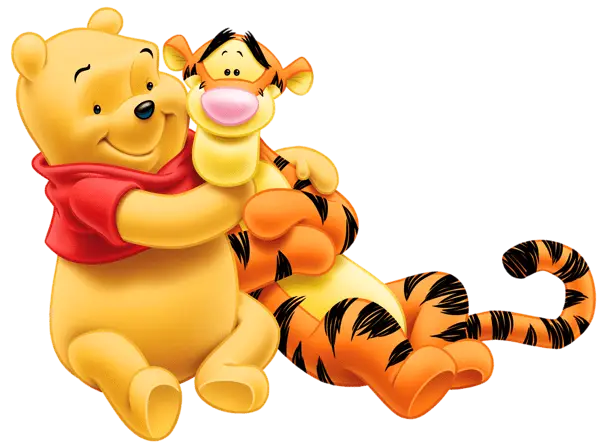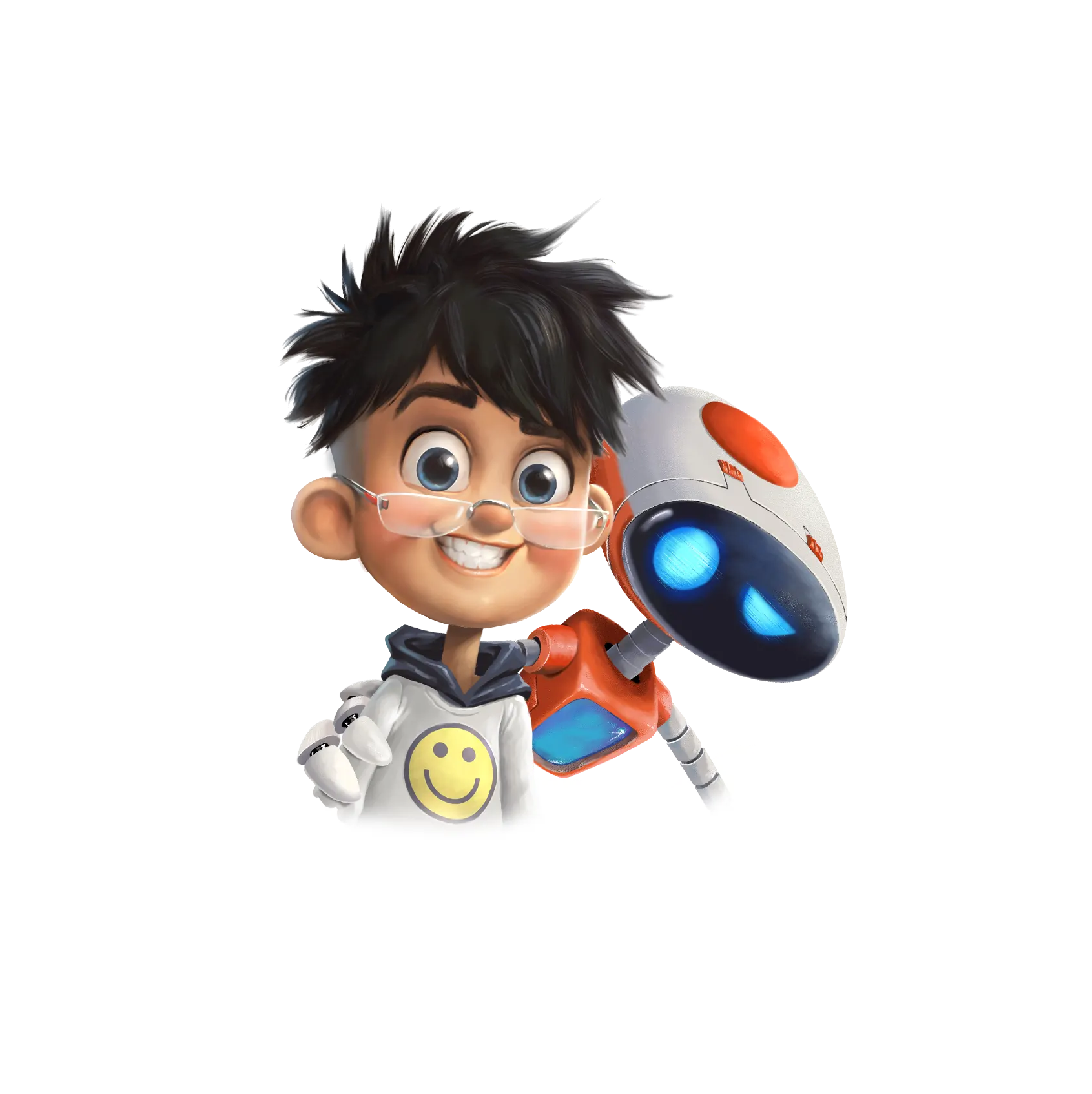The Evolution of Animation: From Entertainment to Business Videos
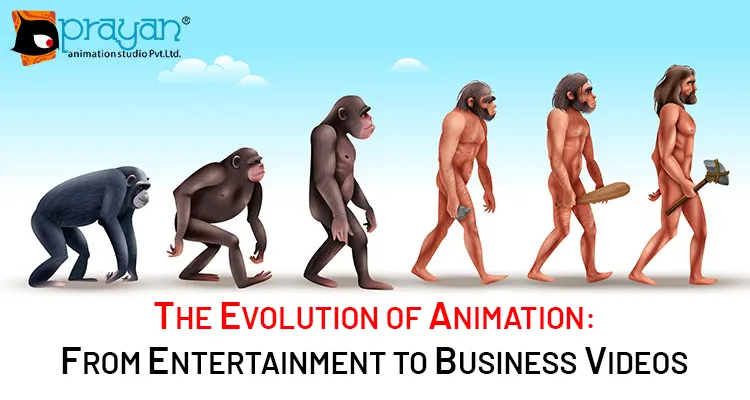
Many of the adults of this generation grew up watching cartoons every Sunday morning. There were many stories and alternatives that captured their attention and won their hearts. Besides, the animated images were able to expand their imagination and fill them with curiosity and enthusiasm. However, now, the concept of animation is much broader, and the industry has faced numerous changes in a short time.
A little history
The evolution of Animation has been around for many thousands of years. Murals, ceramic creations, and the popular phenakistoscope are examples of how old this technique is. Then, much closer to the 90s, the first animated films began, but these were made with simple and primitive devices.
Later came hand-drawn animation with Cel Animation. In 1914, at the John Bray production house, producers and artists created the first series using animation techniques.
Winsor McCay also produced Gertie, The Dinosaur. Then a young animator named Walt Disney appeared. He played a pivotal role in the animation revolution.
Steamboat Willie was the first animated feature film to be made entirely with the hand-drawn animation technique. It was made in 1928. Then came the significant debut of Mickey Mouse and Snow White and the Seven Dwarfs. At this point, animated movies managed to become a popular form of entertainment.
People not only remembered the characters but also their stories, their appearance, and the way they moved. The animations were recognized by everyone around the world. Stop-motion also began to be used as another of the predominant techniques in the traditional era of animation evolution.
The Computer Age
At the end of the 60s, the computer revolution began, and motion graphics made their way. The first computer-animated films were basic, but they changed the way people made animation. In 1967, the first computer-generated animated films were created. It was Hummingbird, which featured 30,000 images and 25 motion sequences.
In short, that was the time when frame-by-frame animations of 2D characters could be done entirely on computers, giving graphic artists more control to produce more varied content. It was key in the growth of animations as a form of entertainment. Some quite popular movies were born, such as Sword in the Stone (the first 2D animated movie in the history of 2D animation), The Jungle Book, Mary Poppins, and The Aristocats.
Animation for Entertainment
Now, computer animation includes not only 2D graphics but also 3D elements that are put into motion using montage or frame-by-frame techniques. These techniques enabled producers and animators to create and render faster and also led them to use animation not only to produce television series and movies but also to create branded storytelling and web series.
Computers promoted the development of 3D animation. The studios created 3D models or characters using geometric shapes in a 3D coordinate system. Then they gave it life and movement. By then, the public had a lot of alternatives for 2D and 3D videos or feature films for their entertainment.
Animation for Brands and Businesses
Brands such as Apple, Hubspot, Dropbox, Coke, and more started using animated videos with characters and moving graphics to tell the story and trajectory of their brand. In this way, animation entered the narrative of conventional brands to revolutionize the way in which they advertised and addressed the public.
Usually, brands divide animation into two techniques: traditional frame-by-frame and stop motion, and modern animation with motion graphics and 3D computer animation.
There are also many brands that create characters to show how people can benefit from the product or service that they offer. Moreover, many brands are currently using CG motion animation to create animated videos with sound and voice-over. Such videos may not be character-driven, but they usually have various types of graphics.
Finally, this decade, we can see how many businesses, companies, brands, and content producers are creating animated videos using the latest technologies, such as augmented reality, virtual reality, and 360-degree video technology. All this is in order to provide you with quality visual experiences, create consumer attention, and become the trendsetter. The evolution of animation will be in a different dimension in the future.



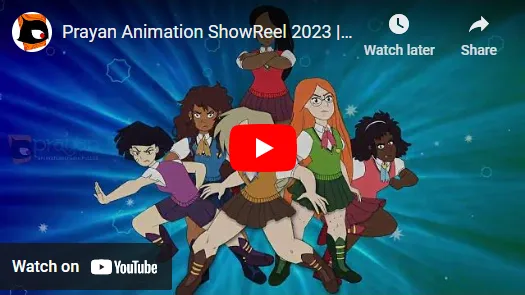
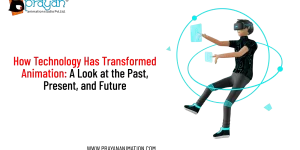
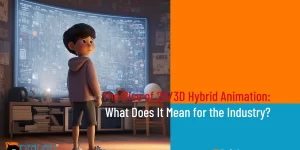


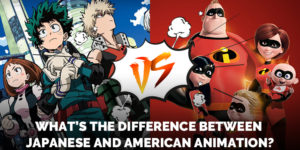
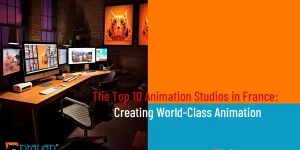
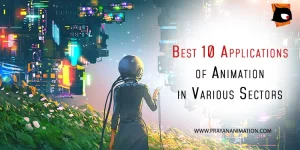

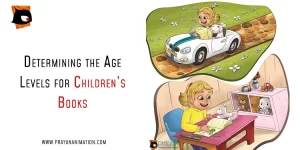




 We can help you.
We can help you. 

